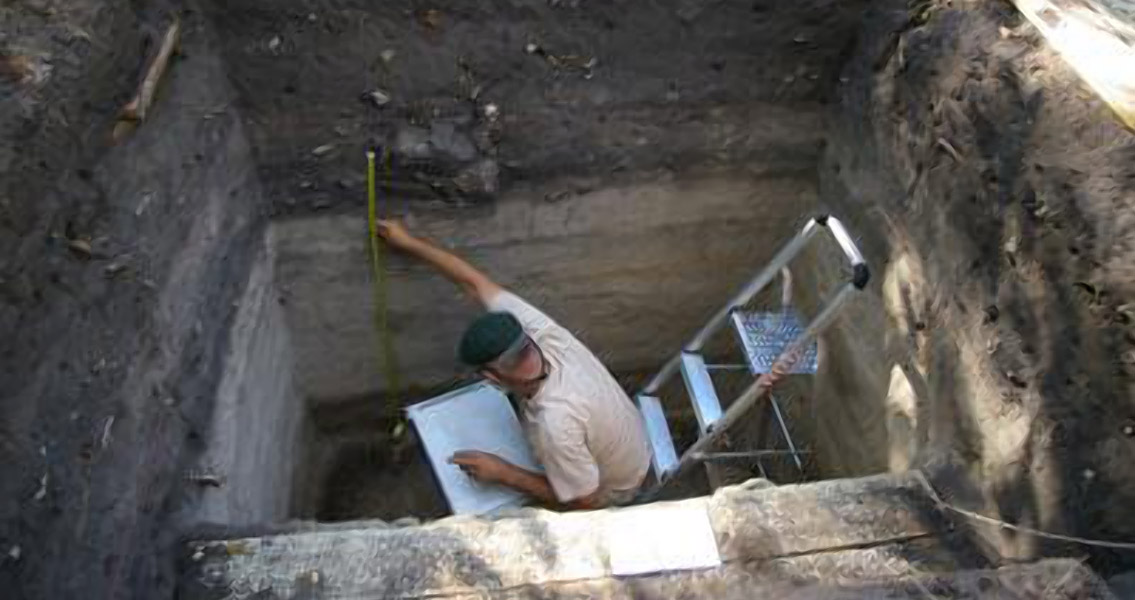<![CDATA[The native language of Madagascar is Malagasy – which doesn’t seem particularly interesting until you realize that Malagasy is a language unique to the Pacific and Southeast Asia region, 6,000 miles away, and that researchers have never found any evidence that the island of Madagascar had been inhabited by anyone from that region. Now, recently published findings from an international research team finally offer proof that South Asian settlers did in fact colonize the island, thus solving one of the ancient world's enduring mysteries. Researchers have identified the remains of ancient Asian specific crops such as mung beans and rice, excavated from sites in Madagascar. Evidence, finally, that people from South Asia did inhabit Madagascar at one time. Human settlements on the island of Madagascar discovered through archaeological research have been dated back to the first millennium and there are additional findings which suggest that the island might have been inhabited by hunter-gatherers that migrated from Africa sometime between the first and second millennium. However, until now there was no archeological evidence of an Austronesian occupation. Previously completed genetic research confirmed the residents of Madagascar shared a close ancestry with Polynesians, Malaysians, and other cultures which also speak languages from the Austronesian family, which Malagasy is part of. The team of researchers have identified the species of almost 2,500 individual ancient plant remains recovered from excavations at the sites of 18 different ancient settlements in Madagascar, the east Africa coast and also on neighboring islands. The residues recovered from sediments within the archaeological layers were examined using a complex system of sieves. The first question regarding the earliest crops planted at the sites was whether they were African crops or crops which had been introduced to Africa from somewhere else. The researchers found examples of both types, but also found a distinct pattern – the African crops were concentrated primarily on the African mainland and the islands closest to it. In contrast, on Madagascar early subsistence was focused primarily on Asian crops. The data suggests these Asian crops were introduced to Madagascar and the nearby Comoros Islands, no later than the eigth to tenth century. In a statement provided by the University of Oxford, Dr. Nicole Boivin, the senior author with the School of Archaeology, said, "Southeast Asians clearly brought crops from their homeland and grew and subsisted on them when they reached Africa. This means that archaeologists can use crop remains as evidence to provide real material insights into the history of the island. There are a lot of things we still don't understand about Madagascar's past; it remains one of our big enigmas. But what is exciting is that we finally have a way of providing a window into the island's highly mysterious Southeast Asian settlement and distinguishing it from settlements by mainland Africans that we know also happened." The research also suggests that the same Southeast Asians colonized the islands of the Comoros which neighbor Madagascar, because the crops grown there were also dominated by the same exact Asian species. By comparison, the crops which were identified on the African coast and coastal islands close to east Africa such as Zanzibar and Mafia were primarily African species like pearl millet, sorghum, and baobab. The study has been published in Proceedings of the National Academy of Sciences. Image courtesy of Nicole Boivin]]>
Rice and Beans Solve Madagascar Mystery
